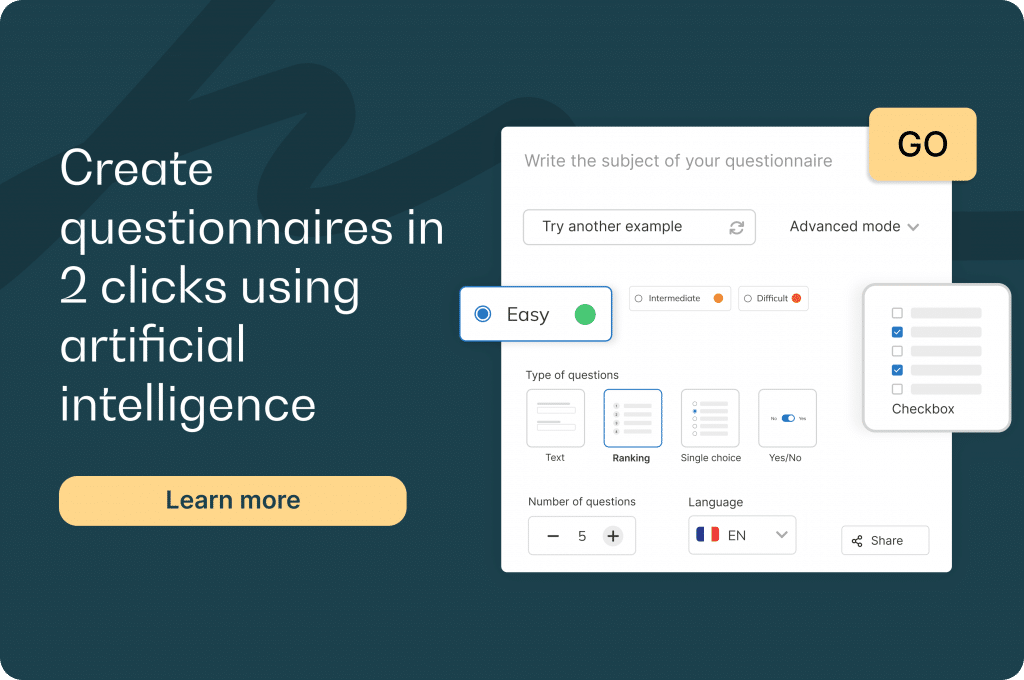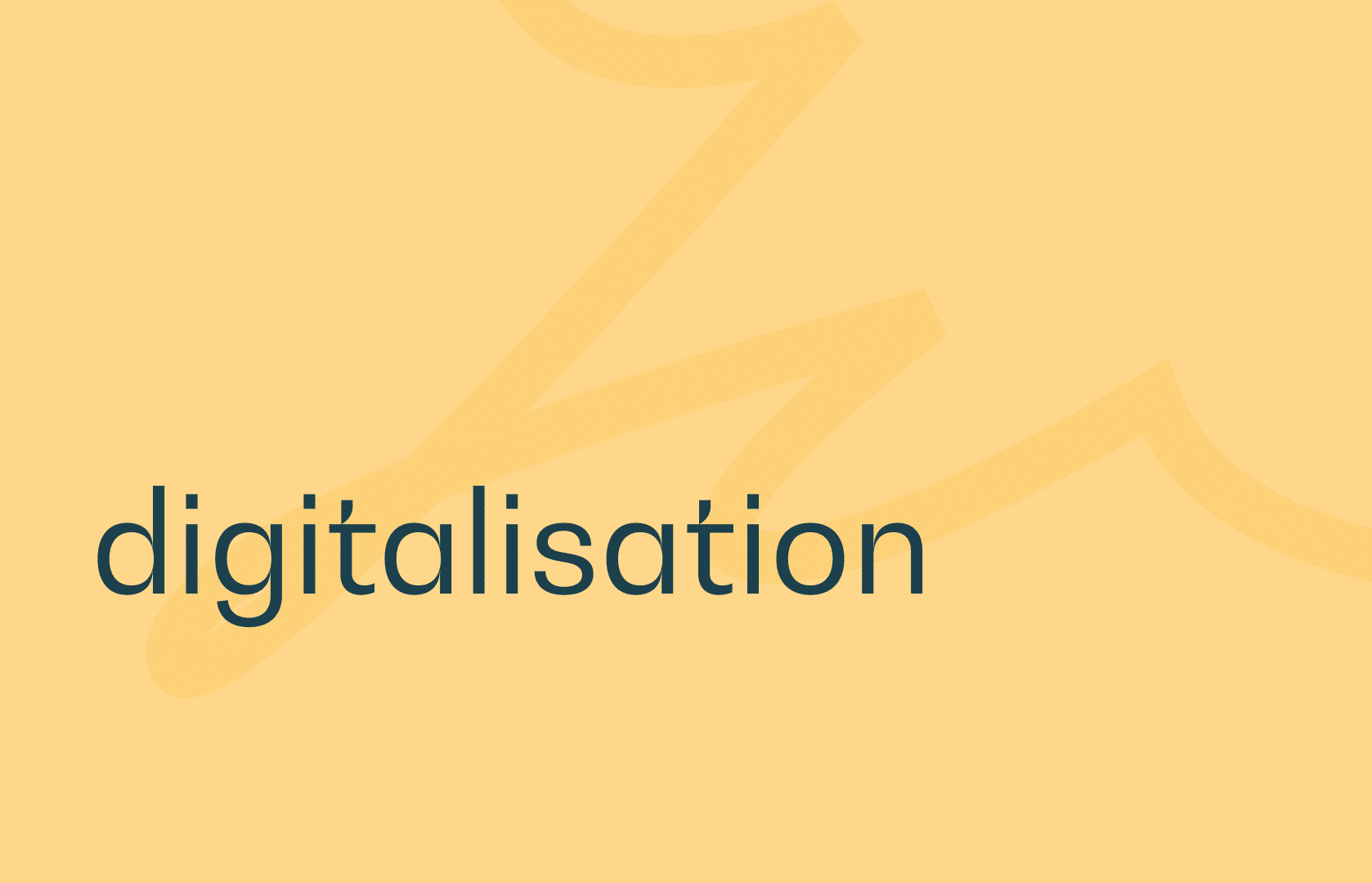why evaluate the effectiveness of a training program?
Evaluating the effectiveness of a training program is not just a formality. It is an essential tool to refine your educational content, understand learners’ expectations, and continuously improve the overall training experience. With tools like online surveys, it’s now easier than ever to gather concrete data on satisfaction, knowledge retention, and real-world application of training content.
Whether delivered in person or remotely, evaluations help highlight strengths and identify areas for improvement. They also serve as evidence of quality for funders, certification bodies, and enhance the reputation of your institution.

the advantages of online surveys
Online surveys offer several benefits that explain their growing popularity in training contexts. They are easy to create, quick to distribute, and accessible on any device. Whether learners are using a computer, tablet, or mobile phone, they can respond to targeted surveys with just a few clicks.
These tools allow you to collect large volumes of real-time data, automatically analyze responses, and generate useful reports to inform decision-making. With platforms like Google Forms, Typeform, or Edusign, you can design clean, structured, and visually appealing surveys even without technical skills.
Their flexibility makes them ideal for collecting immediate learner feedback or measuring long-term application of knowledge.
what types of surveys should you use?
immediate post-training satisfaction survey
This type of survey is distributed right after a training session. It gathers participants’ impressions on content, teaching quality, organization, and facilitation. It helps measure overall satisfaction and quickly identify strengths and areas for improvement.
knowledge assessment survey
Often delivered as a multiple-choice quiz, this survey measures what participants have learned during the training. It can validate learning objectives and help fine-tune content if needed.
delayed satisfaction survey
Sent several weeks or months after the training, this survey evaluates how well the training content has been applied in the learner’s professional practice. It measures the long-term impact of the training.
self-assessment survey
Used before or after training, this type of survey lets learners assess their own skills, expectations, or progress. It promotes awareness and engagement in the learning journey.

how to create an effective survey
Creating a useful and engaging survey requires thought and structure. It’s not just about piling on questions, but about crafting a logical, relevant, and motivating experience for the respondent.
key tips for good survey design
- Define a clear objective: are you evaluating satisfaction, understanding, or real-life application?
- Vary question types: use rating scales, multiple choice, open-ended questions, or sliders.
- Use clear wording: questions should be simple, neutral, and unambiguous.
- Keep it short: overly long surveys discourage completion.
- Add visual branding: include your logo, use a consistent design, and adopt a tone appropriate for your audience.
- Make it mobile-friendly: most learners complete surveys on their phones.
- Test it first: proofread, verify links, and simulate a full submission.
which tools should you use to create and analyze surveys?
Several online tools allow you to create and analyze training surveys. Among them, Edusign stands out for its specialization in professional training and ease of use.
edusign: a complete solution for your training surveys
🚀 boost your training assessments with edusign
Evaluating is good… but evaluating effectively is better! With Edusign, you can centralize both your training surveys and attendance sheets in one simple platform designed specifically for training providers.
why choose edusign for your surveys?
- Time-saving: create surveys in minutes using a ready-to-go intuitive interface.
- Automatic delivery: send surveys at the end of a session, no manual effort required.
- Higher response rate: automatic reminders and mobile-friendly design maximize engagement.
- Instant analytics: view results in real time to identify key strengths and areas for improvement.
- All-in-one: surveys, attendance tracking, digital signatures, and document management—all in one place.
📊 The result: less paperwork, more actionable feedback, and stronger impressions with learners and funders alike.
👉 Learn how Edusign can transform your training evaluations:

how to analyze results and draw meaningful conclusions
Once responses are collected, analyzing the data is a crucial next step. Most survey tools provide visual statistics in the form of clear charts—satisfaction rates, rating breakdowns, trends per question, and most frequent comments.
Beyond the numbers, it’s important to spot weak signals—recurring remarks, unexpected drops in satisfaction, or gaps between what’s taught and what’s retained.
Don’t hesitate to share the results with your instructional team, host a post-training review meeting, or adapt future sessions based on the feedback. Evaluation should not be a routine task—it should be a powerful driver of continuous improvement.





